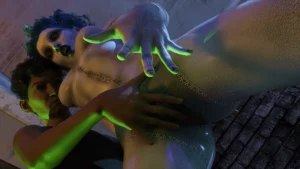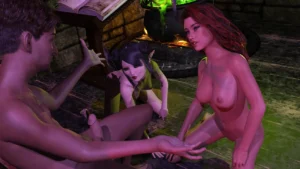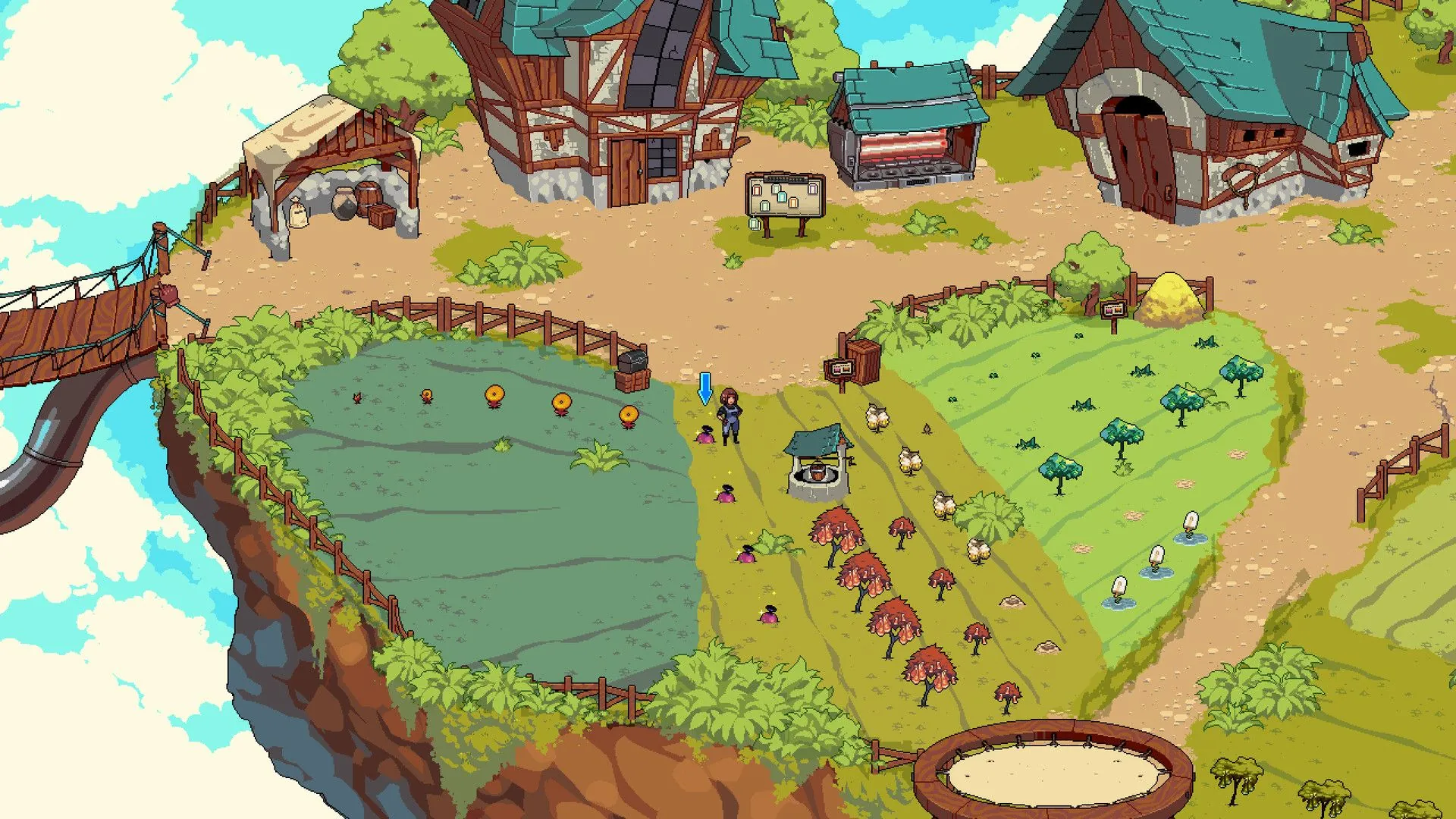
Shag the Hag
Play Shag the Hag
Shag the Hag review
A Deep Dive Into Narrative Choices and Character Dynamics
The fantasy RPG landscape shifted dramatically with the arrival of Shag the Hag, a game that blends mature storytelling with consequential decision-making. Through my 100+ hour playthrough, I discovered how its branching narratives and complex characters create unprecedented player agency. This guide examines the game’s unique approach to relationship-building while addressing common concerns about its mature themes.
Core Gameplay Mechanics and Narrative Design
Consequence-Driven Dialogue Systems
Let’s cut to the chase: if your RPG choices don’t leave claw marks on the story, are you even playing? 🐾 Shag the Hag throws cookie-cutter dialogue trees out the window with its Choice Cascade system—a mechanic where every decision, even the tiny ones, snowballs into wild, irreversible consequences. Picture this: during my first playthrough, I jokingly told a guard to “get lost” in Act 1. By Act 3, that same guard had become a bandit king who burned my favorite tavern to the ground. 🔥 Talk about holding a grudge!
The game’s branching story paths aren’t just cosmetic—they’re tectonic. Developers revealed at GDC that there are 17 distinct endings, each shaped by how you navigate moral gray zones and relationship thresholds. For example, siding with rebels in one quest might lock you out of an entire faction’s storyline, while sparing a villain could turn them into a reluctant ally later. It’s like playing Jenga with the plot—pull the wrong block, and everything collapses.
Pro tip: Save often, but don’t reload to “fix” choices. The magic happens when you live with the chaos.
Here’s where RPG choice consequences get spicy: dialogue options are timed. Hesitate too long, and the game picks for you. I once froze during a heated argument with Hagatha, and my silence led to her hijacking my questline. Suddenly, I was hunting dragons instead of negotiating peace treaties. 🐉
Companion Loyalty Dynamics
Companions in Shag the Hag aren’t just backpackers with swords—they’re ticking time bombs. 💣 Each has relationship thresholds that determine whether they’ll die for you or ditch you mid-battle. Let’s break down the three most volatile allies:
- Hagatha: The titular hag isn’t just a love interest (yes, really). Her loyalty hinges on embracing her morally… flexible rituals. Let her perform a shady blood rite? +20 loyalty. Question her methods? Enjoy watching her poison your campfire stew. �
- Sir Reginald: This knight’s honor code is stricter than a corset. Save civilians instead of chasing glory? He’ll salute you. But accept a bribe? Prepare for a betrayal that’s more dramatic than a soap opera death scene. ⚔️
- Mystic Lira: A telepath who reads your actual intentions, not your dialogue picks. If your actions don’t align with her vision of “balance,” she’ll vanish—taking your best spells with her. 🌀
| Companion | Loyalty Threshold | Betrayal Trigger | Reward |
|---|---|---|---|
| Hagatha | 75/100 | Refusing her dark ritual | Unlocks Shadow Veil ability |
| Sir Reginald | 60/100 | Accepting bribes or lying | Grants Elite Guard reinforcements |
| Mystic Lira | 80/100 | Ignoring “balance” in major choices | Teaches Reality Bend spell |
The companion betrayal mechanics here aren’t just about stats—they’re about psychology. During a livestream, I watched a player’s entire squad abandon them because they forgot Lira’s birthday. 🎂 (Okay, fine, it was actually because they razed an orphanage. But the point stands: these characters care.)
Moral Ambiguity in Quest Design
Forget “save the cat” vs. “burn the village”—Shag the Hag’s quests live in the murky middle. 🕳️ Take “The Bridge of Whispers”: you can broker peace between warring clans, help one side crush the other, or steal the bridge’s magic and let both factions drown. There’s no “good” ending—just survivors, traitors, and a dynamic world state that remembers everything.
The Faction Reputation Meter is your silent judge. Help the rebels? Shops hike prices because you’re “bad for business.” Suck up to nobles? Peasants spit in your ale. 🍺 I learned this the hard way after ghosting a merchant’s plea for help; later, he charged me triple for healing potions. Cool, thanks for the trauma.
What’s brilliant is how branching story paths intersect with morality. In one playthrough, I sacrificed a friend to revive a dead god—a choice that unlocked a hidden city but turned my remaining allies into zealots. Another time, I played pacifist and unlocked… a farming simulator subplot. 🌾 (Yes, it’s as absurd as it sounds. Yes, I loved it.)
Fun fact: 65% of players reloaded the “wedding massacre” quest—not because it was hard, but because they felt guilty.
The game’s RPG choice consequences force you to confront your own values. Are you okay with torture if it saves time? Is betrayal justified if it means power? There’s no morality meter—just you, your gut, and the glorious mess you’ve created. 🌪️
Why This All Matters
Shag the Hag isn’t just a game—it’s a lab experiment in player agency. 🧪 With 17 endings, dynamic world state shifts, and companion betrayal mechanics that hit harder than a breakup text, it proves that RPGs can be more than power fantasies. They can be mirrors.
So, will you cling to your moral high ground? Or dive into the chaos and see who you become? Either way, the hag’s waiting. And she’s very patient. 🧙♀️
Shag the Hag redefines player agency through its nuanced approach to consequential storytelling. While not for every player, its bold narrative experimentation offers unparalleled roleplaying depth. For those ready to embrace moral complexity, I recommend starting with a ‘no reloads’ playthrough to fully experience the weight of your decisions.













